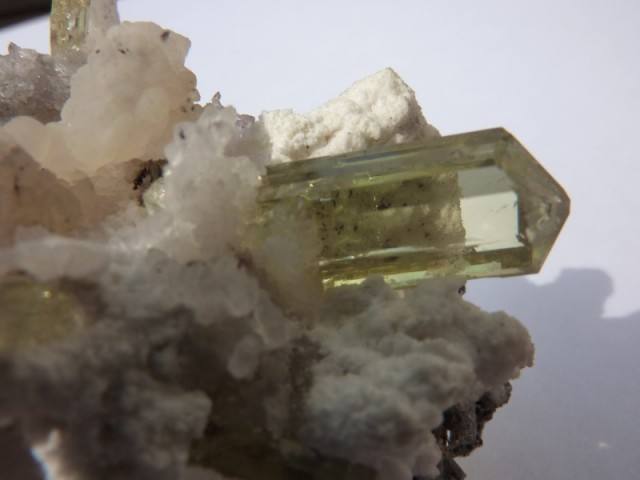Any simple organisms, alas, would have been baked away by the processes that turned ocean mud to stone. Instead what we would see if we crunched up the rock and examined it microscopically would be the chemical residues that the organisms left behind—carbon isotopes and a type of phosphate called apatite, which together provide strong evidence that the rock once contained colonies of living things. "We can only guess what the organism might have looked like," Bennett said. "It was probably about as basic as life can get——but it was life nonetheless. It lived. It propagated."

If you are into very old rocks, and Bennett indubitably is, the ANU has long been a prime place to be. This is largely thanks to the ingenuity of a man named Bill Compston, who is now retired but in the 1970s built the world's first Sensitive High Resolution Ion Micro Probe—or SHRIMP, as it is more affectionately known from its initial letters. This is a machine that measures the decay rate of uranium in tiny minerals called zircons. Zircons appear in most rocks apart from basalts and are extremely durable, surviving every natural process but subduction. Most of the Earth's crust has been slipped back into the oven at some point, but just occasionally—in Western Australia and Greenland, for example—geologists have found outcrops of rocks that have remained always at the surface.












